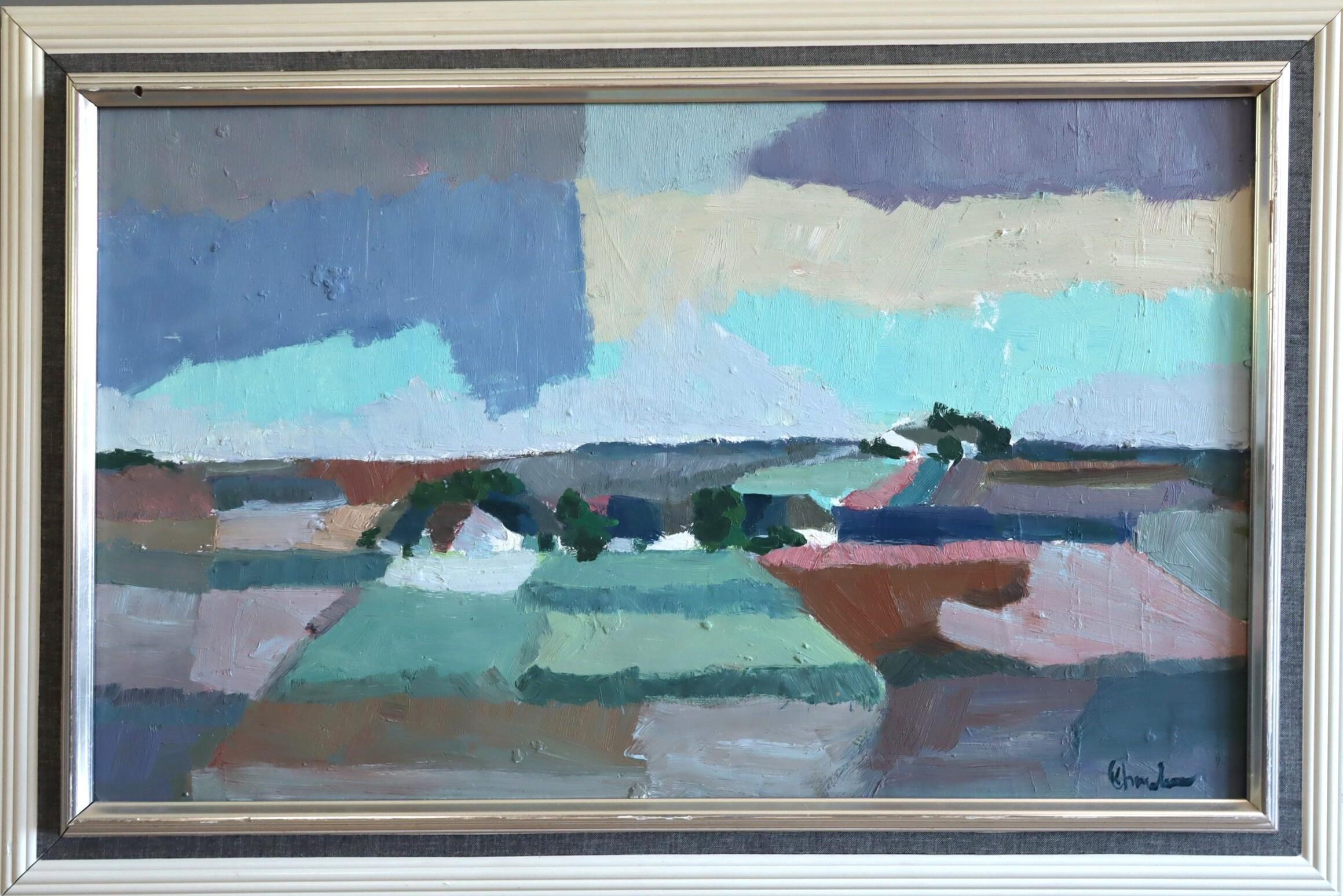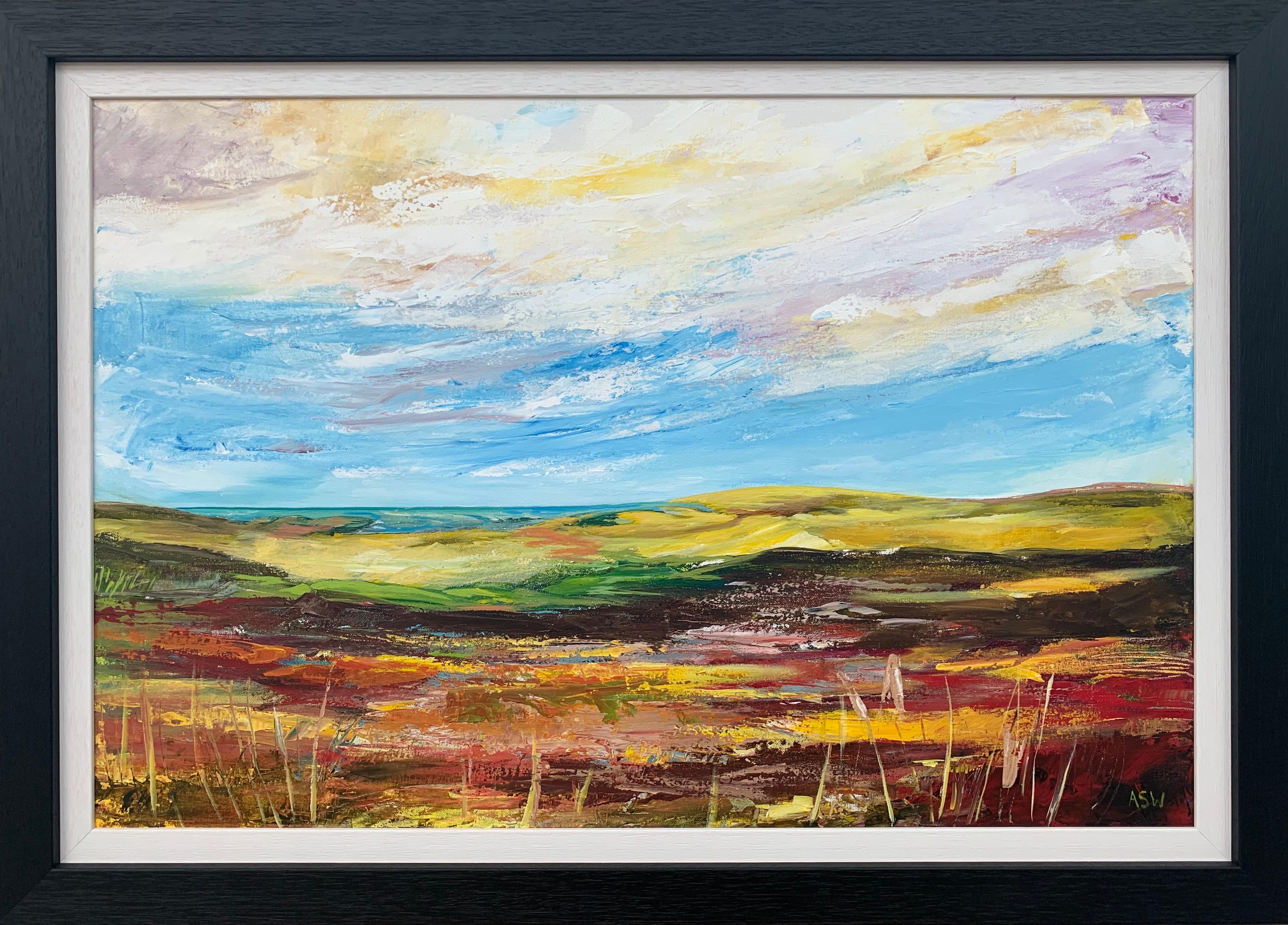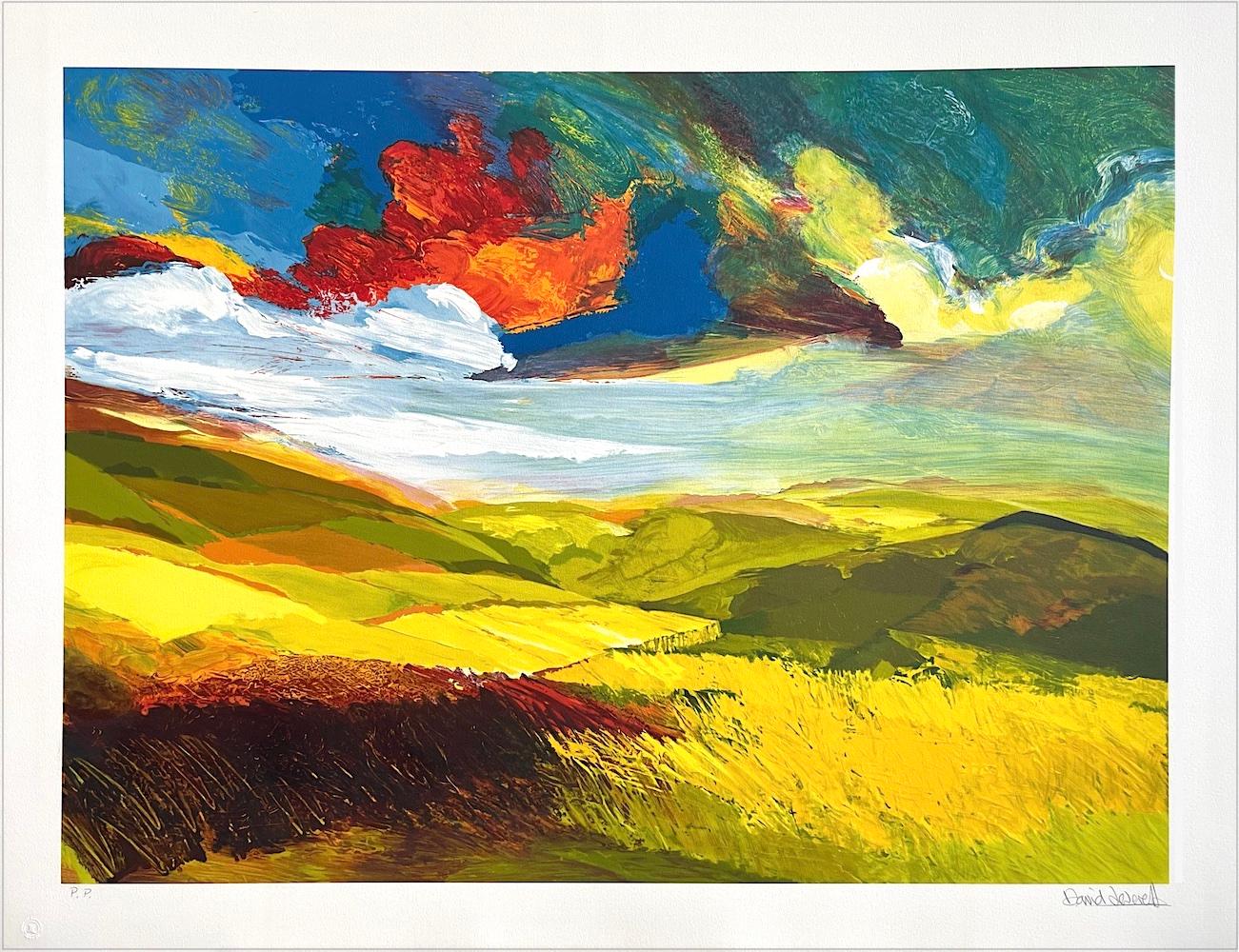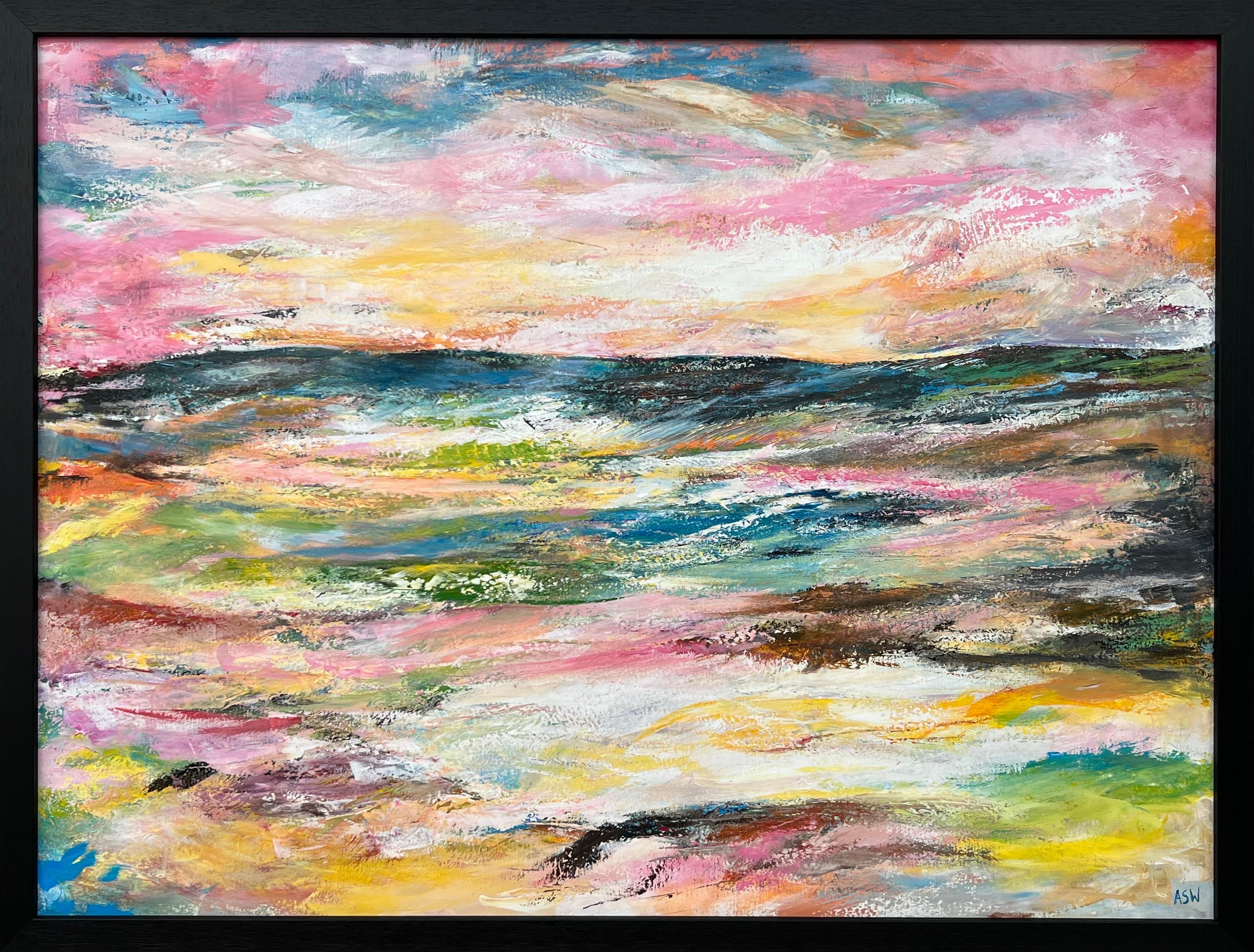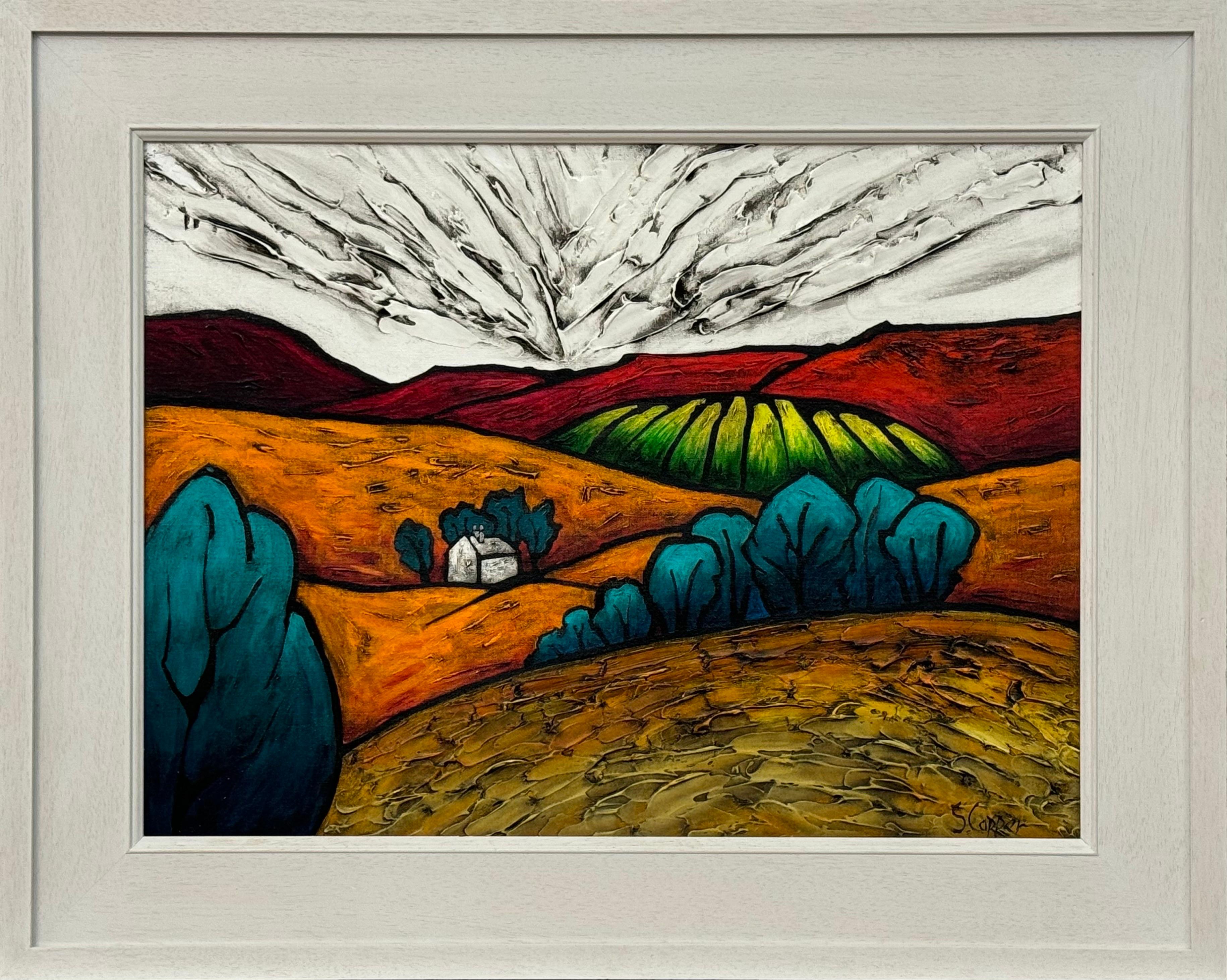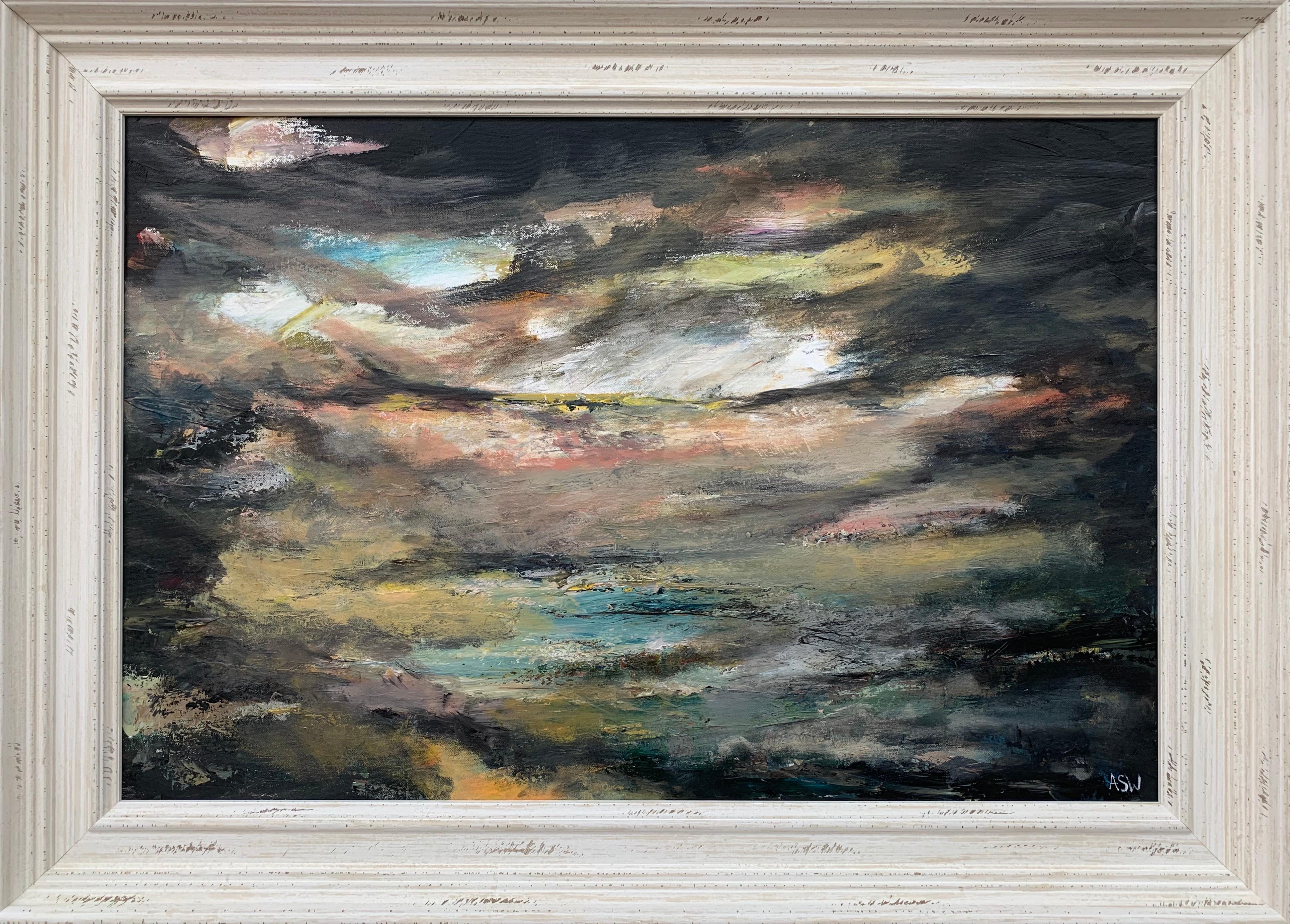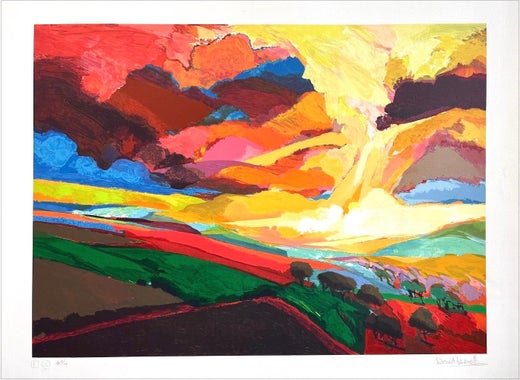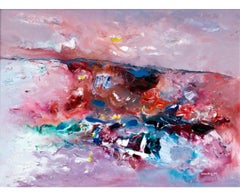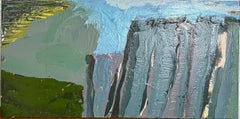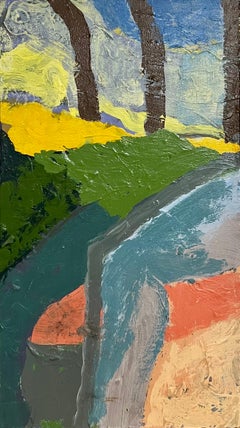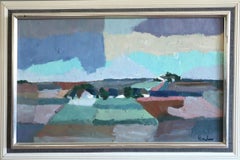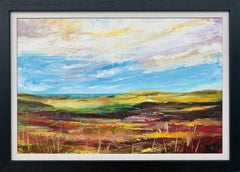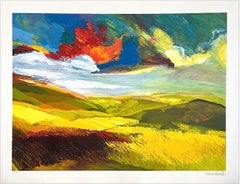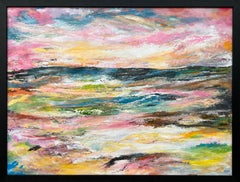David LeverettAbstract Landscape "Storm" Oil Painting British Artist David Leverett
About the Item
- Creator:David Leverett (1938, British)
- Dimensions:Height: 28.25 in (71.76 cm)Width: 35.5 in (90.17 cm)
- Medium:
- Movement & Style:
- Period:
- Condition:
- Gallery Location:Surfside, FL
- Reference Number:Seller: LG1stDibs: LU38212174662
David Leverett
David Leverett is a British Postwar and Contemporary artist who was born in 1938. He said, "My work reflects a continuing preoccupation with landscape, partly to affirm our identity within the world we inhabit and partly to draw attention to the remarkable dynamics of the natural environment on which we depend. It is a primary dependency that we have lived with and celebrated in many ways in our various histories. Metaphor and myth run through the substrata of my images, allowing viewers to travel in their imagination as they choose."
- ShippingRetrieving quote...Shipping from: Surfside, FL
- Return Policy
More From This Seller
View All1960s Abstract Expressionist Abstract Paintings
Canvas, Jute, Oil
1960s Abstract Expressionist Landscape Paintings
Oil, Wood Panel
1960s Surrealist Figurative Paintings
Oil, Panel
1960s Abstract Expressionist Landscape Paintings
Oil, Wood Panel
Mid-20th Century Modern Figurative Drawings and Watercolors
Gouache
1980s Abstract Abstract Paintings
Masonite, Oil
You May Also Like
Mid-20th Century Modern Landscape Paintings
Oil, Board
2010s Abstract Impressionist Landscape Paintings
Canvas, Paint, Cotton Canvas, Acrylic
1990s Contemporary Landscape Prints
Lithograph
2010s Abstract Expressionist Landscape Paintings
Canvas, Cotton Canvas, Acrylic
2010s Fauvist Landscape Paintings
Canvas, Paint, Cotton Canvas, Mixed Media, Acrylic
21st Century and Contemporary Abstract Expressionist Landscape Paintings
Canvas, Cotton Canvas, Acrylic
